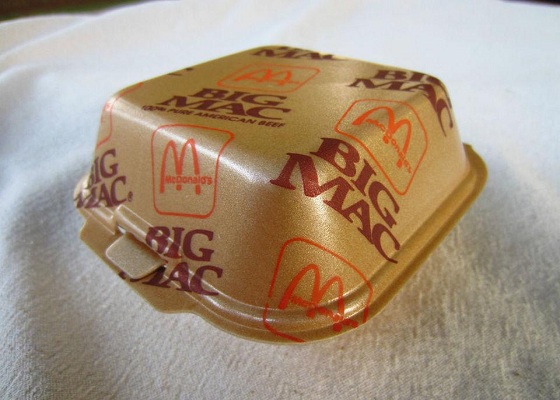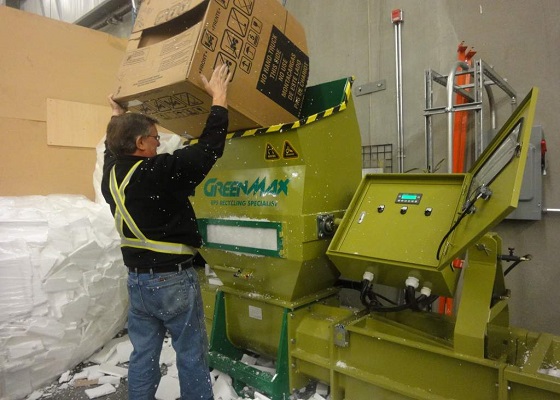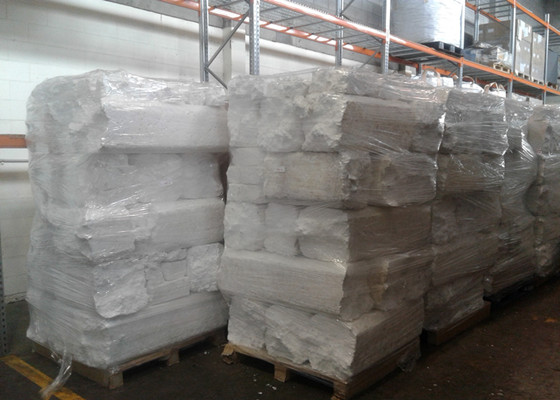One of the environmental costs of Styrofoam is the need to recycle with Styrofoam compactor
The eighties and nineties were the peak of disposable Styrofoam. This cheap, highly malleable material has been invented in just a few decades, covering all aspects of people's lives. This is an old Styrofoam container from 1982.

Early US recyclers did not consider Styrofoam waste need to be recycled. They thought that instead of paying the high cost of Styrofoam recycling, it was better to buy new materials. Until recent years, Styrofoam's environmental costs are showing up. At the same time, the development of the Styrofoam compactor and the recycled Styrofoam market have exploded. More and more recyclers have changed their attitude towards Styrofoam.
The tightening of environmental policies has led recyclers to pay more attention to the Styrofoam recycling project. First, Styrofoam compactor A-C100 is required to reduce the issue of recycling costs. The goal of Styrofoam compactors is to squeeze out 98% of the air content of polystyrene foams, using cutting and cold pressing. The final volume ratio of the output of polystyrene foam blocks to polystyrene foam waste is 50:1.

Styrofoam block is also called regenerative Styrofoam. Recycled Styrofoam has a large number of end-market buyers. Manufacturers of photo frames, skirting, hangers, wood-like materials, etc. purchase Styrofoam blocks as raw materials.

In the circumstances that do not affect the convenience of life as much as possible, seeking alternative materials for Styrofoam, this is the salvation of the environment by people. But before finding a material that can completely replace Styrofoam, using Styrofoam compactor is also essential.
